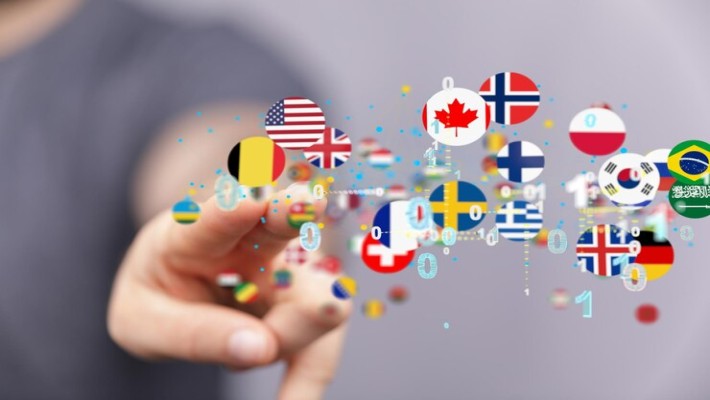In a dynamic global landscape like today, businesses are constantly reaching out for opportunities to tap into newer markets. One of the important areas that is often neglected in this pursuit is the unparalleled importance of communication. This means that the target demographic that a particular business wants to cater to should feel comfortable in accepting and using the products and services offered by a foreign company. This can be enabled only by providing information in the user manual document, which includes the uses, precautions, and safety protocols in a language that the natives understand. In this blog, we will learn about the growing need and the translation process of user manuals.
What is User Manual Translation?
It refers to a process of translating a product’s instructional guide from the source language to the target language. This facilitates converting the technical terms, instructions, and safety protocols with accuracy while maintaining the manual’s clarity and usability. Such kind of translations ensure that users from different linguistic regions can easily understand and use the product.
Growing Need of User Manual Translation Services
1. Improved Customer Satisfaction
This guide serves as a major source of connection between any given product and its users, providing insightful instructions on its installation, operations, and troubleshooting, ultimately boosting the safe utilization of the product. When this content is translated accurately into the customer's native tongue, it becomes easier for them to understand and follow the instructions, which contributes to a positive user experience and customer satisfaction.
2. Regulatory Compliance
Almost all applications require compliance with legal necessities. The instruction book contains sensitive information like warnings, information about safety protocols, and other details whose accurate conversion ensures that important messages are effectively conveyed and legal risks are minimized.
3. Builds Goodwill
Maintaining consistency in the brand’s messaging is a prerequisite for winning the trust and credibility of consumers. Translators and linguists ensure consistency in the brand’s tone across diverse languages and foster an exclusive brand identity. The findings by the CSE research reveal that 65% of multinational companies believe language plays a key role in business expansion.
4. Promotes Expansion
Being able to access multinational markets requires good product offerings in different languages, along with deft communication which is in sync with the cultural context. These solutions go beyond the literal conversion by translating content that suits the cultural preferences of the local people.
Case Study: An Indian electronics company wanted to launch its new product line in the Spanish market. With the help of Spanish translation solutions, it was easily able to translate all its user related documents to establish them successfully in the Spanish-speaking market.
5. Economic Efficiency
While investing money in these services may seem like an extra expense, it ultimately saves the company’s money in the long run. This means that they drive economic efficiency by reducing the chances of costly product returns, warranty claims, and questions about client support which may be caused by misunderstandings.
The Translation Process of User Manuals
a) Analyzing the Project: The first step of the conversion process is to examine the assigned task, which involves establishing the scope of the target language and finding the right translators adept in the technical requirements to deliver this kind of conversion.
b) Translation: The next step involves the actual translation with the help of professional translators who use specialized tools and deliver projects with accuracy and uniformity.
c) Editing: The next step involves editing and proofreading after the initial translation is complete this step is essential as it helps identify any errors and correct them before sending it into publication.
d) Desktop Publishing: Also known as DTP, this involves integrating the translated text into the initial original layout. This can be achieved through adjusting the graphics and formatting to suit the visual appearance of the target language.
e) Quality Assurance: The last step of the translation process involves checking the document thoroughly for quality purposes, such that it ensures that the translated text meets all technical, linguistic, and cultural preferences as per the client’s instructions.
Essence
Solutions like these have become an indispensable tool for growing businesses in today’s global economy. Therefore, adapting and responding to the growing need for user manual translations and understanding its translation process can give you an edge over your competitors. By choosing to invest in the right technical manual translation services like Somya Translators, you can be assured about your market expansion and boosted revenue, which not only protects your brand but also promotes trust and loyalty among your global customers.








